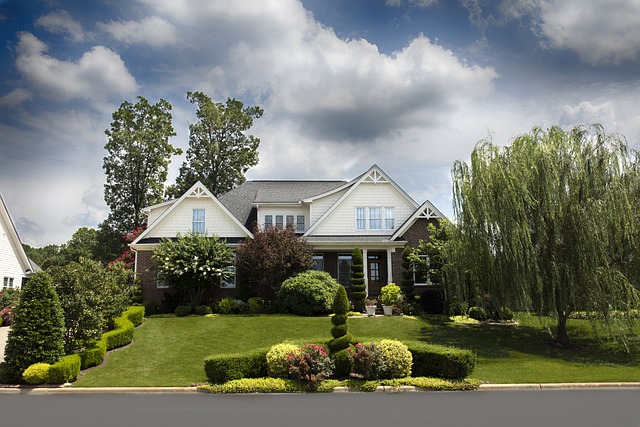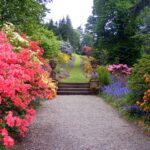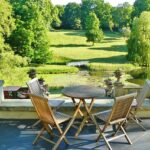Landscape design is an art that combines aesthetics and functionality. Understanding the basic principles of design and landscape aesthetic can help Toronto residents create outdoor spaces that are visually appealing and well-balanced. A professional landscaping designer can help you realize your dream landscape. Here are some fundamental principles that guide effective landscape design.
1. Unity and Harmony
Achieving unity and harmony involves creating a cohesive and consistent look throughout your landscape. Work with a professional landscape designer to find the right balance for your residence. Choose a consistent design and landscape color palette, repeating patterns, and coordinating elements to tie the various components together. Unity creates a sense of order and visual continuity in your outdoor space.
2. Balance and Proportion
Balance and proportion ensure that your landscape feels balanced and well-proportioned. Distribute elements evenly, whether plants, hardscapes, or decorative features. Avoid overcrowding or excessive symmetry, aiming for a harmonious arrangement that suits the scale of your outdoor space. If you have questions, you can ask your landscape design team.
3. Focal Points
A focal point is a feature that draws the eye and creates a sense of visual interest. It could be a large tree, a sculpture, a water feature or a unique plant. A well-placed focal point can add depth and dimension to your outdoor space. It can also serve as a starting point for your landscape design, as it helps to establish the overall style and mood.
4. Scale and Proportion
It’s essential to consider the scale and proportion of each element in your landscape design. Oversized features can overwhelm your outdoor space, while undersized features may appear insignificant. Work with your landscape designer to choose features that complement the size and shape of your property and create a balanced and harmonious look.
5. Texture
Texture refers to the surface quality of an object, whether it’s smooth, rough, or somewhere in between. Incorporating different textures in your landscape design can add visual interest and depth. Consider using plants with different leaf textures or incorporating hardscapes with varying surface finishes.
6. Color
Color is a powerful tool in landscape design, as it can evoke different emotions and moods. Choose a color palette that complements the surrounding environment and your home’s color scheme. Use color to highlight focal points or create a cohesive look throughout your outdoor space.
7. Rhythm
Rhythm refers to the repetition of elements in a landscape design. Repeating patterns and shapes can create a sense of movement and flow in your outdoor space. Consider incorporating repeating patterns in your hardscape design or using plants with similar shapes to create a sense of rhythm.
8. Sustainability
Sustainability is an increasingly important consideration in landscape design. Choose plants and materials that are well-suited to the local climate and require minimal maintenance. Consider incorporating sustainable features like rainwater harvesting systems, permeable pavers, and native plants to reduce your environmental impact.
Contact Pyramid Contracting Today
In conclusion, landscape design is an art that requires careful consideration of various elements and principles. Working with a professional landscape designer can help you create a cohesive and visually appealing outdoor space that suits your style and needs. Keep these fundamental principles in mind as you plan your landscape design, and you’ll be on your way to creating an outdoor space that you’ll enjoy for years to come.



